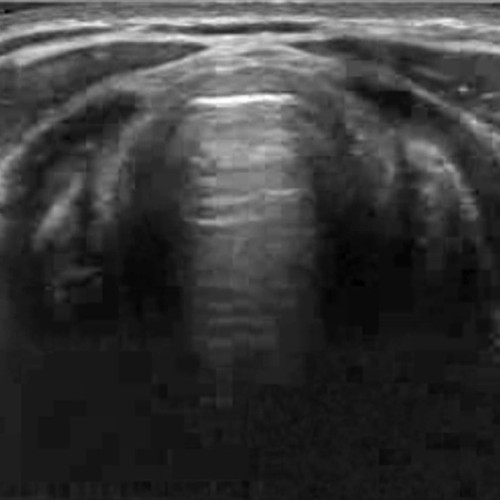Many aspects of the pharynx, larynx, and even trachea can be readily evaluated using ultrasound. The superficial nature of upper airway structures often enables precise anatomic visualization and dynamic assessment of physiology, including phonation and deglutition. The Upper Airway: Anatomy & Physiology Module begins with an overview of the role of ultrasound in the evaluation of the upper airway. A brief review of clinically relevant upper airway anatomy and physiology is provided. The sonographic appearance and dynamic physiology of the muscles, bone, cartilage, and mucosal surfaces of the upper airway are described in detail. Optimal transducer selection, patient positioning, and scanning techniques for sonographically evaluating the upper airway are discussed. The course concludes with imaging tips and pitfalls and a summary of salient teaching points.
This activity has been planned and implemented in accordance with the accreditation requirements and policies of the Accreditation Council for Continuing Medical Education (ACCME) through the joint providership of the American College of Emergency Physicians, the Illinois College of Emergency Physicians, and SonoSim, Inc. The American College of Emergency Physicians is accredited by the ACCME to provide continuing medical education for physicians.
The American College of Emergency Physicians designates this enduring material for a maximum of 3 AMA PRA Category 1 Credits™. Physicians should claim only the credit commensurate with the extent of their participation in the activity.
Approved by the American College of Emergency Physicians for a maximum of 3 hours of ACEP Category I credit.











